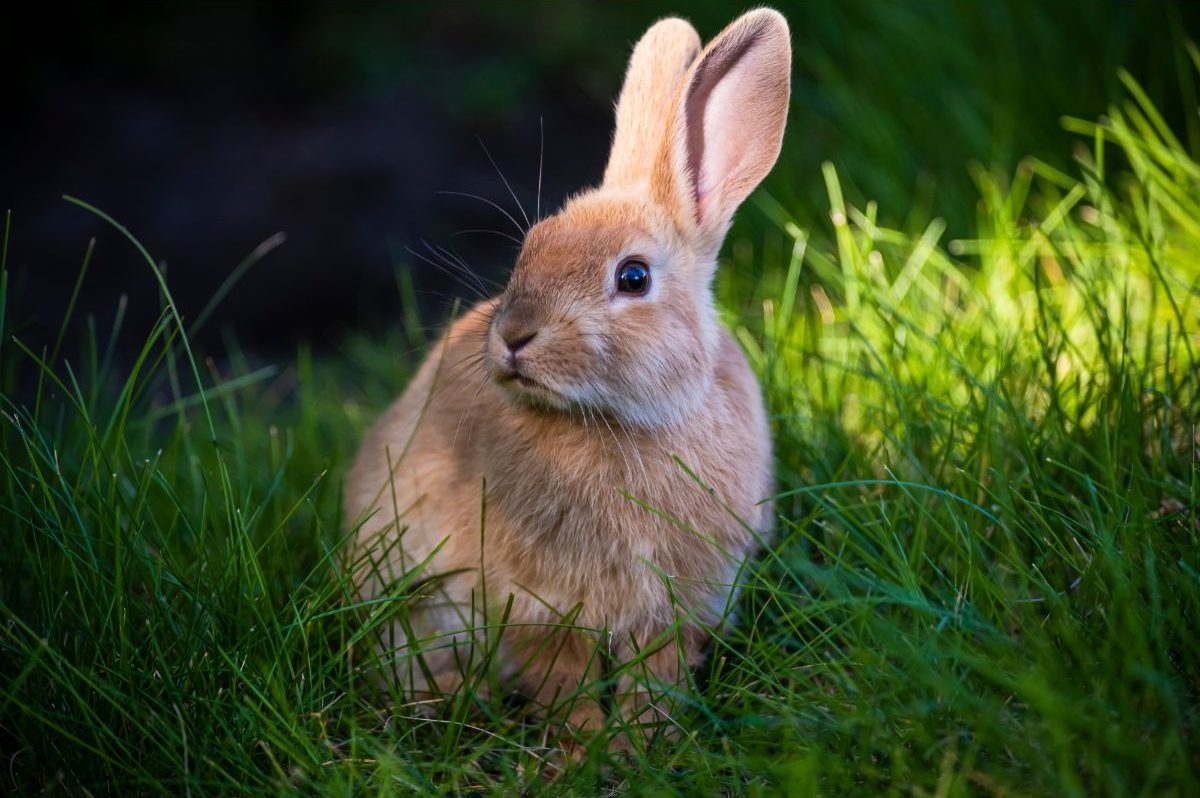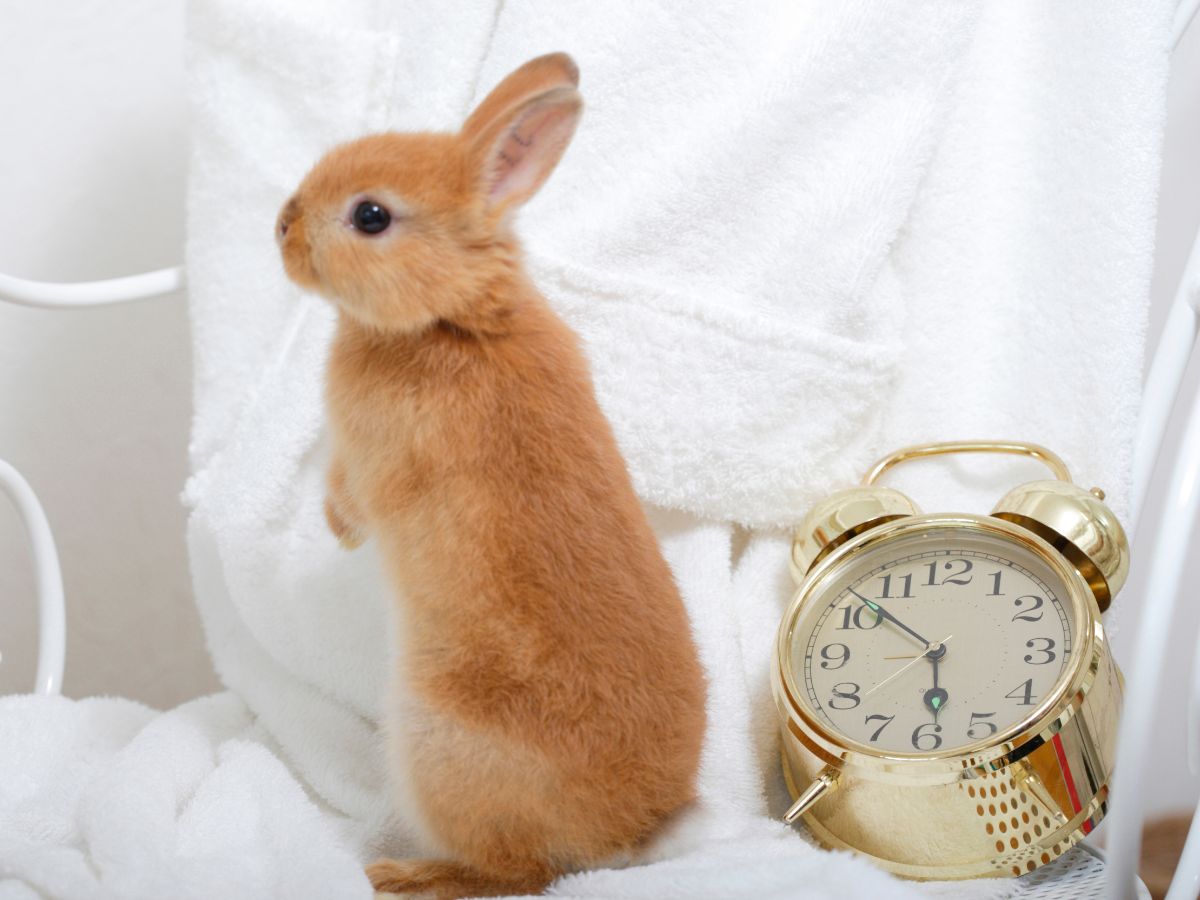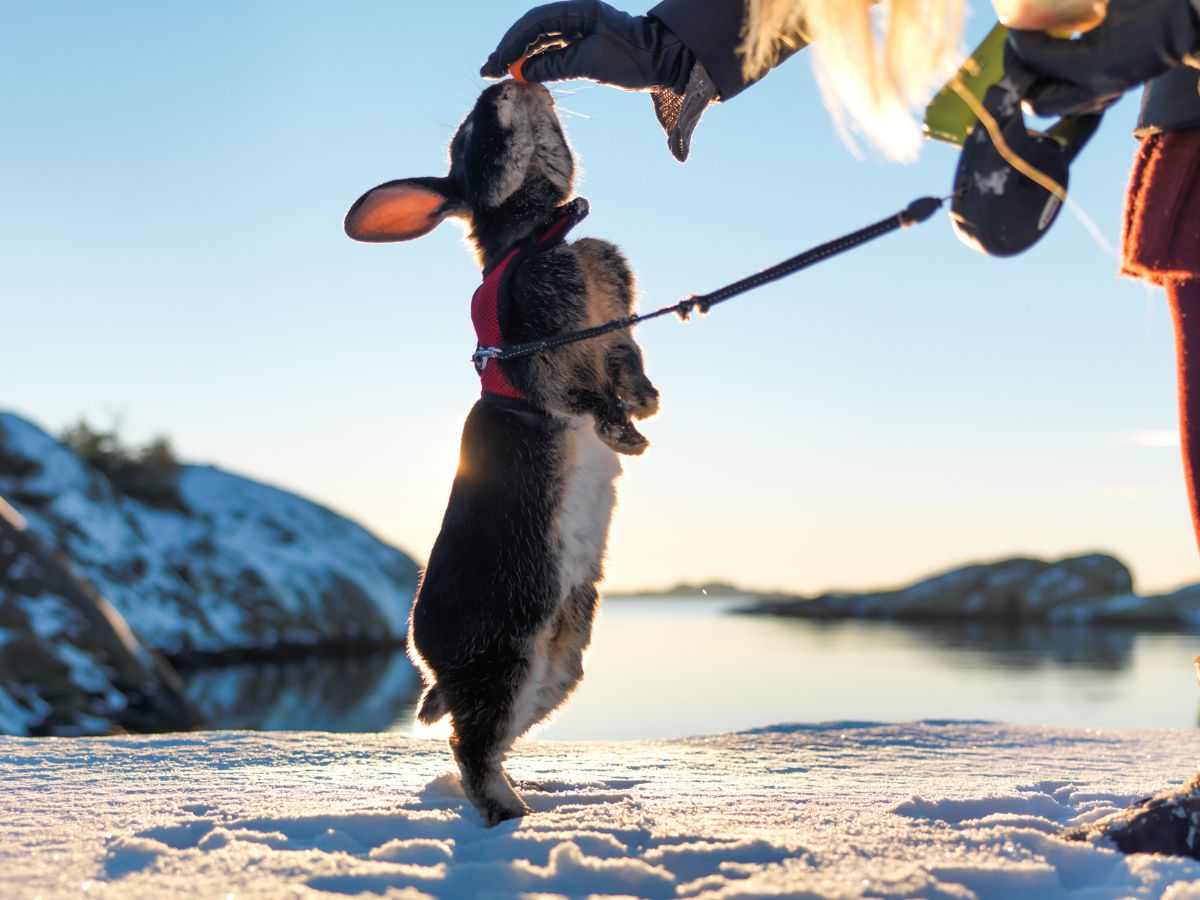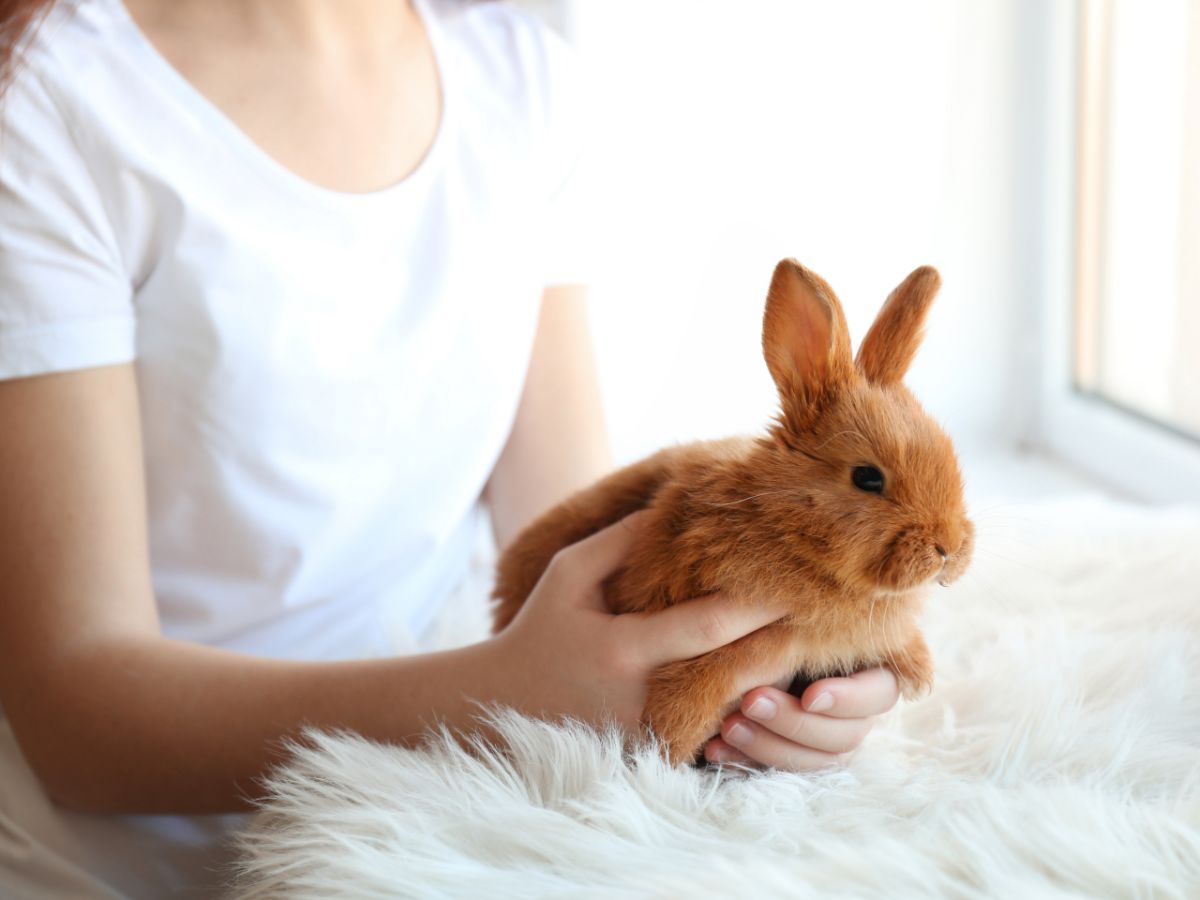Your furry little companion can suffer in the heat like you, but with the added disadvantage of wearing a fur coat. Rabbits can struggle with the heat, especially since they can only regulate their body temperature with their ears. If this summer is proving too hot for your bunny to handle, we have a list of ways to help keep your rabbit cool in summer.
Rabbits do best in temperatures between 55-70F, and you should provide them with adequate shade and water in summer. Cool your rabbit with ice cubes in their water, gently mist their ears and provide cold surfaces to lie on. Clip and brush long fur to help keep your rabbit cooler.
Rabbits are not very good at dealing with hot weather, and they can struggle when the summer temperatures get too high. To keep your bunny happy and safe, you’ll need to learn to recognize the signs of your rabbit getting too hot and avoid keeping them where they might quickly overheat. We have the advice to help you cool your beloved pet down and some things to avoid.
Contents
How To Keep Rabbit Cool In Summer?
You love your pets, and the last thing you’d ever want is to allow your rabbit to suffer because of heat. You can ensure they have cool accommodation, things you can use to help them cool down when they get too hot, and what they need in their environment to help them survive the summer.
The sad reality is a rabbit that cannot escape the heat and cool down is at risk of heatstroke, and rabbits struggling with ongoing warm weather can also be at risk of myiasis or fly strike.
- The first step is to house your rabbit appropriately for the weather. Whether your bunny is in an indoor cage or outdoor hutch and run, you need to provide them with shady spots where they can escape direct sunlight.
- Never house your bunny in a greenhouse or conservatory, as glass buildings trap heat and raise the temperature too high for a rabbit.
- If possible, open windows to allow fresh, cool breezes or set up a fan that will blow cool air into the room. A practical method of quickly cooling down the air is to hang a wet sheet over the fan to create a mini ‘air-con’ system. Ensure the fan doesn’t blow directly onto your bunnies, and they can move away from the blast.
- A cold, wet towel over the cage can provide shade and cooling.
- Always have plenty of fresh water and fresh veggies available for your rabbit.
These tips will make your rabbit’s environment more appealing during summer, but here are other methods to relieve the heat.
How Can I Cool Down My Rabbit?
Perhaps the heat is too much, even with shade, a fan, or a breeze. Here are some quick tips to help cool your bunnies down on hot summer days. If the weather report shows hot days ahead, you can prep these helpful things in advance and have them ready to go.
- Keep frozen water bottles in your freezer. When the bunny’s living quarters are too hot, grab a bottle from the freezer and wrap a towel around it. Place the wrapped frozen water bottle in your bunny’s cage or hutch to give them a cold place to rest.
- Overheating bunnies love a cool place to stretch out and lie down; you can provide them with some cold surfaces to help. Some ideas are putting towels into the freezer before laying them down for your bunny. You can also use cold ceramic tiles or special non-toxic cooling mats like this cooling pad for small pets*.
- Add ice cubes to your bunny’s water.
- Use a spray bottle to spritz your rabbit’s ears gently. Remember that the ears are your bunny’s method for regulating their body temperature, so cooling their ears down can help. If you don’t have a spray bottle, wipe your bunny’s ears with a cool, damp cloth.
- If the summer is long and hot, brush your rabbit well to get rid of fur build-up, and consider getting him clipped or trimmed for the season.
- Never put your rabbit in cold water to cool her down, especially if she is already overheating, as this could shock her system
What Temperature is Too Hot for Rabbits?
Rabbits are most active at dawn and dusk (known as crepuscular animals that appear and are active around twilight), usually in the coolest times. In the hottest parts of the day, rabbits would be safely nestled in the cool of their underground tunnels.
Your bunnies can’t escape the heat like this, so you should monitor the temperature to ensure that your rabbits’ cage and environment are not too hot. Especially if your rabbit is an indoor pet, you need to monitor the air temperature.
Rabbits do best in temperatures between 55-70F, though they can survive temperatures up to 85F. If the temperatures exceed this, they are at high risk of heat stroke. Avoid adding to the heat by keeping your bunny’s cage out of the sun. Remember that a cage baking in the sun streaming through a window will be much hotter than the surrounding room temperature.
Monitor the temperature to ensure the room is not too hot for them. Consider moving your bunny’s cage to a colder room, like a basement, if the room temperature regularly gets too high.
How Can I Tell If My Rabbit Is Too Hot?
On hot days, you should regularly check your rabbit for signs that she is too hot or suffering from heatstroke. Here are some of the common signs your rabbit needs to cool down.
- Fast panting or rapid breathing
- Their mouth is open
- Your rabbit is stretched or sprawled out in an attempt to lower their body temperature
- Their ears look redder and feel hot to the touch
- Your bunny is lethargic and inactive
- Their feet feel hot to your touch
- Their nostril are flaring, and their eyes are half-closed
- The fur below their nose is wet
If you see these signs, immediately grab a wet towel for your bunny to lie on, as this will begin to cool them down quickly without shocking them.
Contact your vet and tell them the symptoms to find out if they want you to bring your rabbit in for a check-up.
Conclusion
Especially with older bunnies and young rabbits, you need to keep an eye on the temperature of their hutch to prevent your rabbits from overheating. Avoid keeping rabbits in hot rooms without shade; always provide them with plenty of fresh water. If your rabbit is overheating, use cold, wet towels, fans, and frozen water bottles to help cool them and their cage down.




